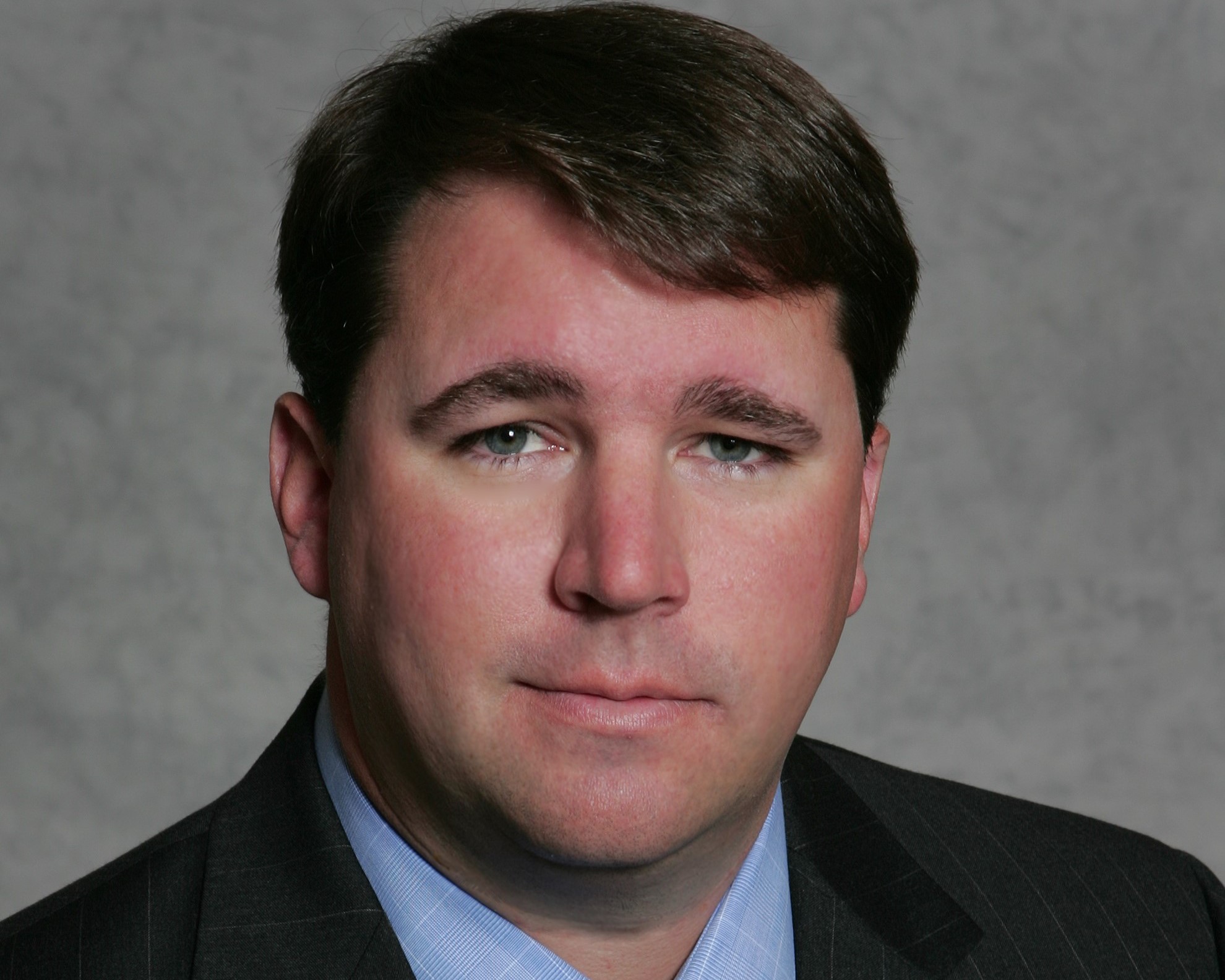Connectivity, Flexibility and Sustainability in the Office of Tomorrow
Most employees will spend more than one third of their lifetime at work, resulting in employees demanding more from their business environments, according to Brian Eichenseer of Hines.

Brian Eichenseer Image courtesy of Cushman & Wakefield Inc.
The modern workplace is rapidly evolving. Tenants overlook antiquated lobbies, outdated fitness centers and segmented office environments that discourage collaboration, and they search for next-generation workspaces. Today’s work environment focuses on creating a harmonious blend of open and private spaces that both encourage interaction and provide place for solitary retreat, experiential moments that draw a connection to the surrounding community and a sense of place, and sustainable features reflective of the environmentally conscious generation joining the workforce.
The changing way we view our office as a “second place” is the ultimate driver behind the shift in workplace design, ushering in a new approach to developing creative office space. Most employees will spend more than one-third of their lifetime at work, resulting in employees demanding more from their work experience. Tenants today require authentic human experiences in their office environments to support a continuously thriving corporate culture as well as the retention and recruitment of their employees. T3 West Midtown, our latest office project in Atlanta which is currently under development, centers around the key elements our tenants need: Digital and physical connectivity, workplace flexibility and sustainability.
Digital and Physical Connectivity
Connectivity in every sense of the word has become a high priority for office tenants, whether it be a physical connection to their surrounding community or digital connection and ease of communication. Employees search for improved efficiencies in an effort to make their work day more effective and seamless, starting with transportation. Accessibility and proximity to mass transit and alternative transportation options, as well as access to parking, if needed, are key. As an alternative to driving to work, people in walkable urban areas like West Midtown in Atlanta are embracing bike and pedestrian travel. Developers are incorporating bike storage rooms and state-of-the-art locker facilities to accommodate their tenants’ desire for alternative transit.
Employees are also searching for improved digital connection and the ability to stay plugged in no matter where they are located. Creating a space that allows for easy connection is imperative to attracting and retaining the digital-minded office employee. T3 West Midtown touts its shared social spaces and alternative working environments for its tenants, so we had to offer first-rate connectivity. We focused on providing an improved technology infrastructure that allowed employees to access Wi-Fi from every corner of the project, earning the project the prestige of being a Wired Certified Platinum development.
Workplace Flexibility
Gone are the days when employees are confined to the constraints of their own cubicle. Tenants desire the ability to relocate, spread out and have the option to work in different environments around their office space or building. We’re focusing on interior spaces to provide a variety of work environments to meet the needs of an employee at any particular time, including quiet areas when intense focus is required and communal spaces that have more buzz and energy to get the creative juices flowing. Building lobbies are no longer unapproachable showpieces, they are designed to be activated for tenant use as an extension of their office.
With T3 West Midtown, we focused on purposefully designing these collaborative and social workspaces in the base of the building so our tenants receive the benefit these spaces offer without having to sacrifice their own square footage. We also created a rooftop terrace and large private balconies as a usable space for our tenants to enjoy fresh air and a change of scenery.
Sustainability
According to a 2016 study, 64 percent of Millennials and Gen Z consider a company’s social and environmental commitments when deciding where to work. They are grounded in preserving their surrounding environment and strive to foster a connection with nature, expecting the same commitment in their work life. Office spaces that value sustainable building practices and incorporate natural design elements are increasing in popularity among tenants looking to be at the forefront of employee retention. Through our T3 office product, Hines has focused on bringing a sustainable office development to the market. Composed of young trees instead of old growth, preserving our forest land for future generations, the heavy-timber building’s energy savings and carbon dioxide sequestration are equivalent to taking 996 cars off the road. By using wood instead of steel or concrete, T3 avoids 1,411 metric tons of carbon dioxide emissions for the life of the building.
To the emerging generation of office employees, work is more than a paycheck – it’s an experience. Tenants are searching for the modern office spaces that offer more to their employees than ever before, and it’s time to offer that experiential office product.







You must be logged in to post a comment.